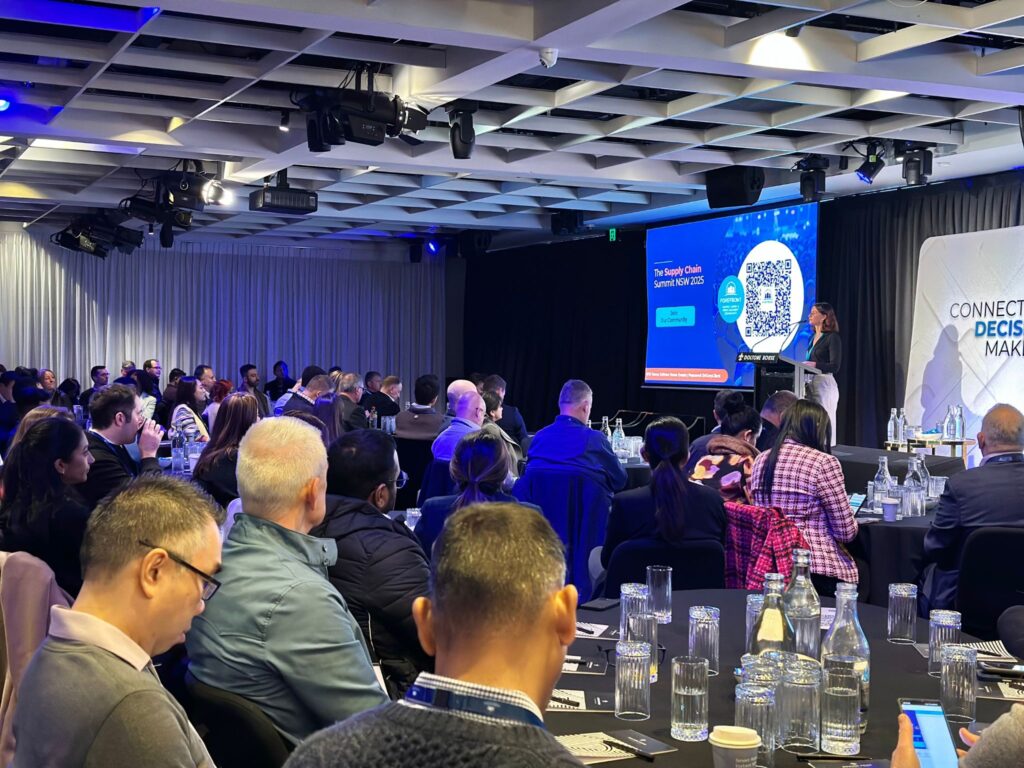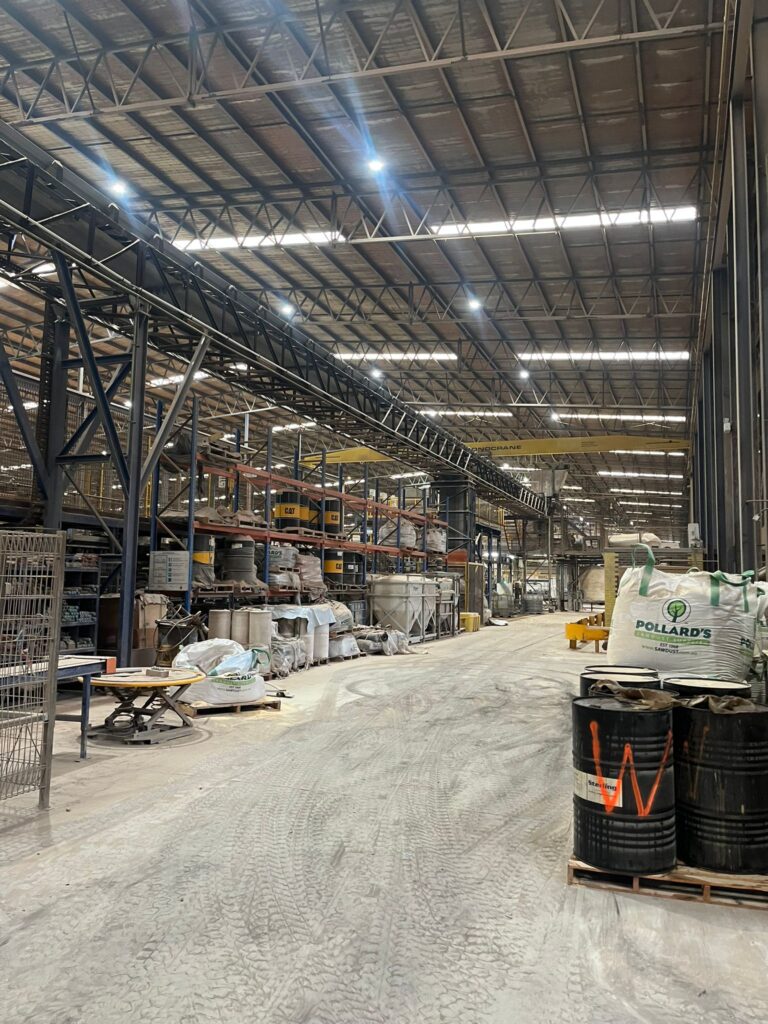
Jean-Pierre Pellé is a director at Argon Consulting, a global leader in transformation operations. Compass asked him how frictionless collaboration among Design, Engineering and Procurement departments helps companies achieve a sustainable competitive advantage.
COMPASS: How important is procurement as part of companies’ efforts to align the enterprise around goals such as efficiency and sustainability?
Jean-Pierre Pellé: Companies need to position parts sourcing in the broad context of total cost of ownership (TCO). In aerospace, for instance, organizations work closely with their suppliers to improve their competitive advantage in the market. They realized that if they looked only at the price of a product they would miss many other factors that could improve efficiency. So they started thinking not only about price but about TCO, which considers the whole lifecycle of the product, including environmental concerns and performance. In doing so, they brought the shared objective of the different departments into focus.
In many organizations the Design, Engineering and Procurement departments work in individual silos. Why is it important to remove those barriers?
JPP: Procurement and Engineering need to be able to work together with the same objective – to design a robust product that is efficient in terms of production for the market, maintenance and other factors. When these departments don’t work together their different priorities can create friction: Procurement wants to reduce the cost of parts while Engineering, which is focused on maximizing the performance of products, says cutting costs is too risky.
To improve a product, Procurement needs to activate new kinds of levers: the way they challenge specifications, introduce innovations from suppliers, reuse parts and so on. That involves collaboration with Engineering, Marketing, Manufacturing and others and sharing real-time insights.
What opportunities do sourcing and standardization hold for improving efficiency?
JPP: It depends on the sector and the kinds of activities the company is involved in. When you have repetitive business or enough volume you can think about how to standardize and modularize so the company benefits from robust process and products. That means the parts are cheaper because you’ve got volume and there’s less risk to manage once you’ve validated the processes, and you’ve got lower cycle times. This is typically what the automotive industry has done. For example, every BMW Mini produced is different, but at least 80% of the parts are common to all. The company has the volumes to achieve standardization and modularization
Is it possible for industries that don’t have high volumes to make similar efficiency gains?
JPP: In industries such as construction, for instance, it can be more difficult to rationalize processes because the way you build your project depends on the client’s specifications and requirements. But you can have cooperation and shared ways of working. This is where Procurement brings value to market, because it gives Engineering a way to benefit from suppliers’ innovation and efficiency in introducing new products and technologies or faster time-to-market through more efficient working processes. It depends on what the client will support, so Engineering and Procurement need to provide proof of the value they’ll get.
How can companies empower their Design, Engineering and Procurement departments to work better together?
JPP: To enable these departments to work together with the same objective, companies first need to be aware of how their employees are willing to collaborate and understand their own interests. The goal is not only to optimize costs; it is also to improve global performance and to ease collaboration between the functions within the company, based on an understanding of their interests. Cross-functional teams are good enablers to achieve efficient collaboration.
How is technology helping companies to support collaboration between Procurement, Design and Engineering?
JPP: Product innovation platforms are designed to give each user access to the information needed to perform their specific role. Because all of a company’s information has been enhanced by adding new properties based on a 3D shape, acting like a fingerprint, a query such as “do we have a part that does X?” generates results in a few seconds. These data-driven insights serve as a universal language to connect Engineering and Business systems at a global level.
How does collaboration increase innovation?
JPP: Through collaboration, Procurement can become a trusted partner to Design and Engineering. Procurement can help Engineering benefit from an ecosystem of suppliers to increase innovation, efficiency and speed to market. As a result, Procurement and Engineering can bring proof of the value the client wants to see – in terms of cost, quality, cycle times, service or other priorities.
https://compassmag.3ds.com/streamlined-sourcing/






